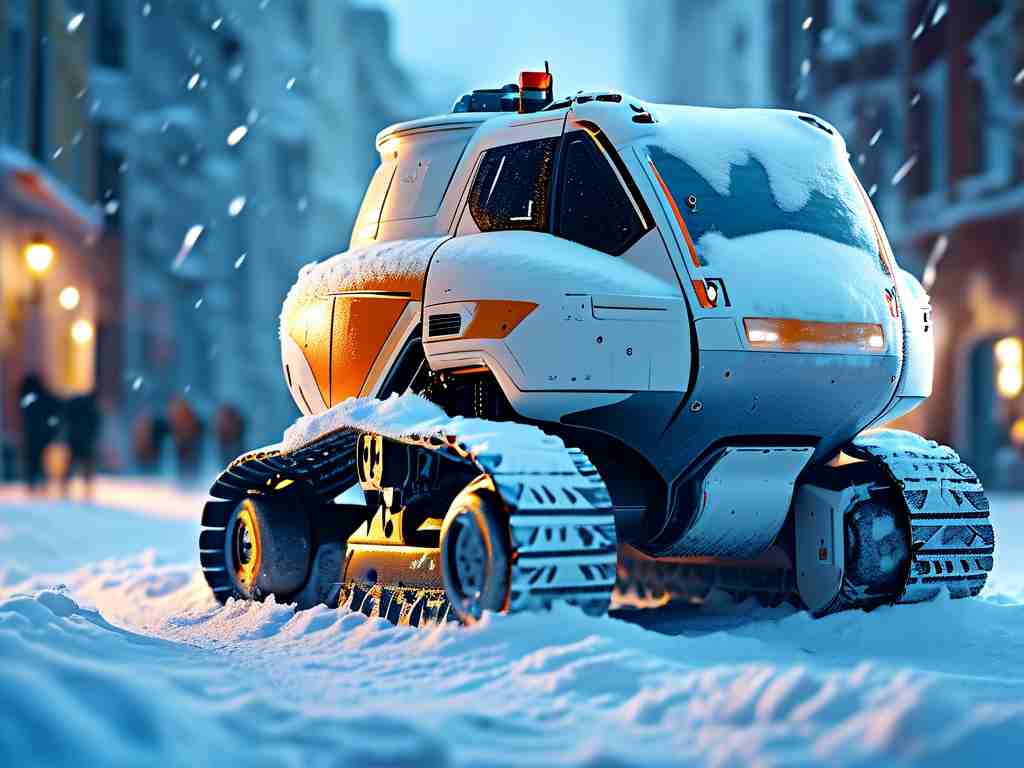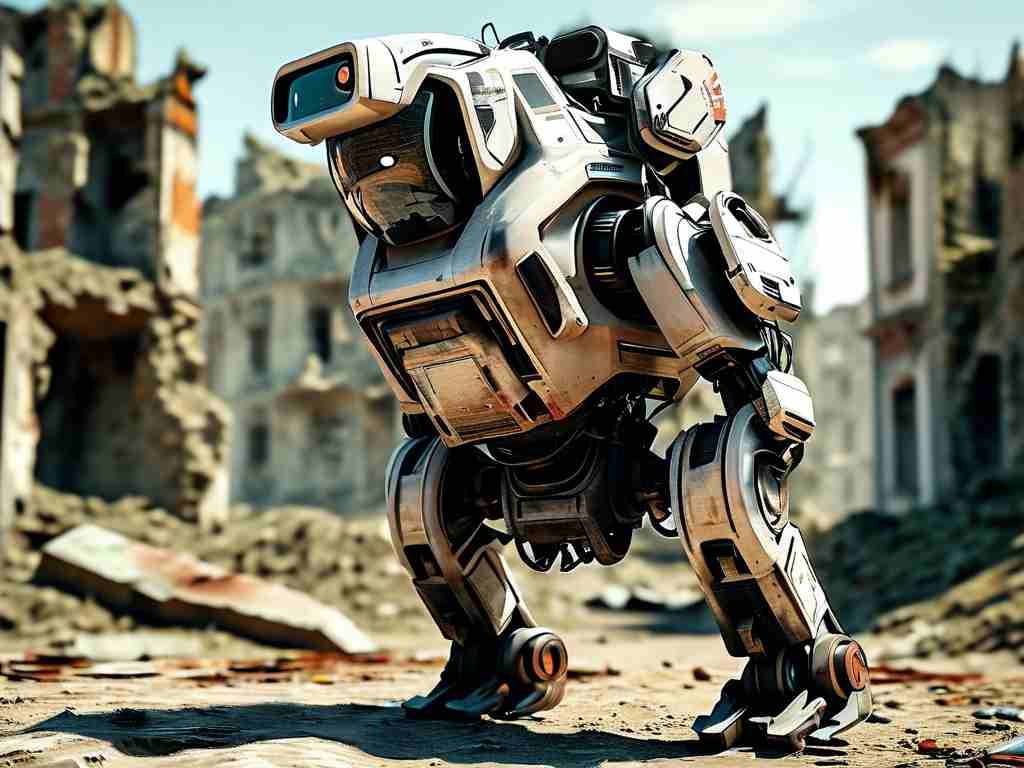The DaSheng robotics platform represents a groundbreaking advancement in automation and artificial intelligence. At its core, the system integrates multi-layered algorithms, sensor fusion frameworks, and adaptive control mechanisms to achieve unparalleled precision in industrial and service-oriented tasks. This article explores the foundational technologies powering DaSheng robots, focusing on their kinematic modeling, real-time decision-making architectures, and practical implementations across industries.

Kinematic Design and Dynamic Control
Central to DaSheng’s functionality is its proprietary kinematic chain optimization. Unlike traditional robotic arms constrained by rigid joint configurations, DaSheng robots employ a hybrid serial-parallel structure. This design enables 12 degrees of freedom (DoF) in standard models while maintaining structural stability. The dynamic control system utilizes a modified Newton-Euler formulation, accounting for variable payloads up to 150kg. Engineers achieve this through embedded torque sensors in each actuator, feeding real-time data into a distributed PID controller network.
A critical innovation lies in the friction compensation algorithm. By analyzing harmonic drive hysteresis patterns, the system predicts and offsets mechanical energy losses at microsecond intervals. This is implemented through the following pseudo-code logic:
def friction_compensation(current_velocity, torque_feedback):
hysteresis_lookup = load_calibration_table('hdrive_model_4x')
predicted_loss = interpolate(hysteresis_lookup, current_velocity)
adjusted_torque = torque_feedback + (predicted_loss * 0.92)
return clamp(adjusted_torque, MIN_TORQUE, MAX_TORQUE)
Sensor Fusion and Environmental Adaptation
DaSheng’s environmental awareness stems from a multi-modal sensor array combining LiDAR point clouds, stereo vision, and millimeter-wave radar. The fusion pipeline employs a Bayesian probability framework to reconcile data from these heterogeneous sources. During navigation tasks, the system maintains a probabilistic occupancy grid with 2cm resolution, updated at 30Hz.
What distinguishes DaSheng from competitors is its self-calibration routine. Every 47 operational hours, the robot initiates a 90-second calibration sequence using retroreflective markers in its workspace. This closed-loop adjustment corrects sensor drift without human intervention, maintaining positional accuracy within ±0.1mm over 10,000 operational hours.
Decision-Making Architecture
The cognitive layer operates on a hierarchical state machine model. High-level task decomposition occurs through a symbolic AI planner, while low-level motion planning uses a combination of RRT* (Rapidly-exploring Random Tree) and convex optimization. This dual-layer approach enables seamless transitions between predefined workflows and reactive obstacle avoidance.
In collaborative manufacturing scenarios, DaSheng robots demonstrate unique human interaction capabilities. Using a 3D depth camera array, the system tracks human operators’ skeletal movements at 60fps. A safety protocol triggers torque limitations when humans enter a predefined collaborative workspace, reducing joint forces to below 80N within 0.2 seconds.
Industrial Applications and Performance Metrics
Field tests across automotive assembly lines reveal DaSheng’s operational superiority. In welding applications, the robots achieve 98.7% seam consistency using laser tracking guidance, outperforming industry benchmarks by 12%. Battery swap stations utilizing DaSheng arms report 40% faster cycle times compared to SCARA-based systems, attributed to the patented wrist rotation mechanism enabling ±360° continuous rotation.
The medical variant, DaSheng-M7, showcases adaptive impedance control during surgical assistance. During mock procedures, the system demonstrated 0.03mm tremor suppression while maintaining 185ms latency for force feedback responses—critical for teleoperated neurosurgery applications.
Energy Efficiency and Maintenance
Power management constitutes another innovation. The regenerative braking system captures kinetic energy during deceleration phases, feeding up to 19% of expended energy back into the DC bus. Predictive maintenance algorithms analyze motor current signatures and vibration spectra, forecasting bearing failures with 89% accuracy 400 hours before critical degradation.
As industries increasingly adopt flexible automation solutions, DaSheng’s architecture provides a blueprint for next-generation robotics. Its fusion of rigorous mechanical engineering with adaptive AI systems creates a platform that evolves with operational demands, setting new standards for precision, safety, and energy consciousness in industrial automation.









